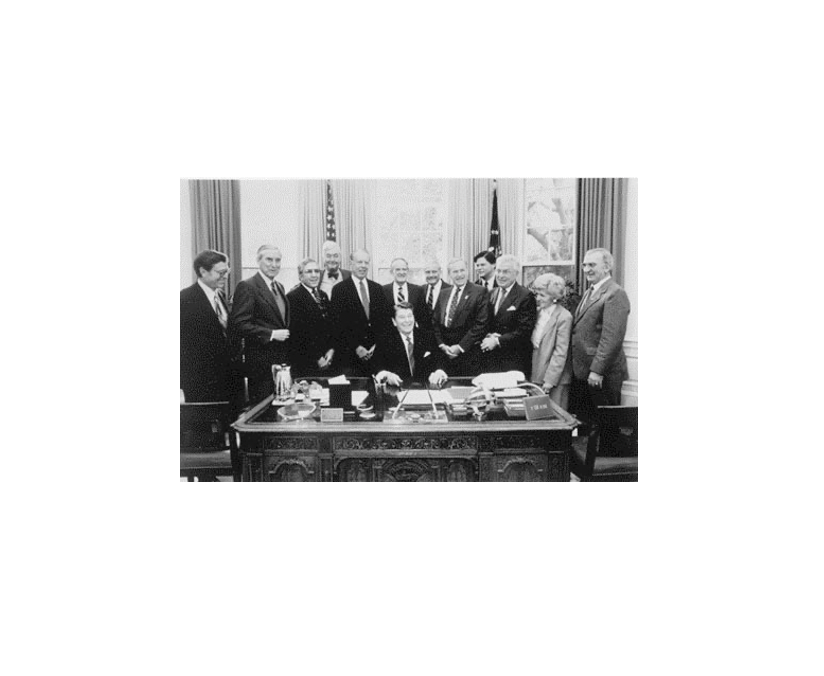The right way forward for Gowanus
- May 8, 2013
- 2 min read
Updated: Jul 12, 2020

A recent New York Times article about the Gowanus Canal in Brooklyn describes in stark detail the local community opposition to dredging and disposal options for the canal’s contaminated muck. According to The Times, residents in one neighborhood fear that canal sludge could poison their air. Residents in a second area express concern that the sewage-processing site needed for the cleanup would destroy a nearby swimming pool.
The article discussed multiple possible solutions, including transporting the dredged material to processing facilities in the South. But all have either legal or cost-related drawbacks.
Unfortunately, the article never mentions the most logical disposal solution, which involves a proven technology called “Confined Aquatic Disposal (CAD).” In brief, CAD involves a process by which contaminated sediments are stored permanently in a sealed pit at the bottom of a water body.
While that disposal option for contaminated sediments often encounters opposition due to concerns about the eventual release of toxic substances, previous experience suggests that such concerns are based on a lack of knowledge. Indeed, facts demonstrate that CAD is a proven technology with a solid track record.
For example, Confined Aquatic Disposal has been used successfully in such diverse locations as Boston, Los Angeles, New Bedford Harbor (Massachusetts), Puget Sound (Washington), Portland and Puerto Rico, as well as in the Netherlands, Belgium, Hong Kong and Brazil.
In November 2009, the U.S. Army Corps of Engineers conducted an investigation of 11 CAD cells constructed in the Boston Harbor for the long-term storage of contaminated sediments. The 11 CAD cells had been in place for between nine and 12 years and all of them were performing as designed.
If even more data is necessary, the Center for Contaminated Sediments at the U.S. Army Corps of Engineers Waterways Experiment Station provides information about 33 case studies, using CAD cells to dispose of contaminated sediments, all of which are performing perfectly.
Why does this make such good sense for the Gowanus Canal?
Simply put, because it is both the safest and one of the least expensive options. All treatment technologies that I have examined include one or more sources of substantial risk to human health and the environment. Alternately, all of the long-range shipping and storage options suffer from obvious risks due to releases along the transportation route, as well as at the train/truck loading location and the disposal location.
Importantly, while cost considerations are best viewed under site-specific conditions, generally speaking the cost of disposal in CAD cells may be on the order of one-tenth the cost of treatment or long-range shipping and storage.
The Environmental Protection Agency would be well advised to seek the advice of the U.S. Army Corps of Engineers to help overcome disposal-related challenges involved with the Gowanus Canal clean-up.
Dr. Jon Deason
A former Director of the Office of Environmental Policy and Compliance at the U.S. Department of the Interior, Jon Deason is a licensed professional engineer and author of more than 100 articles on environmental protection, energy and natural resources.
The views expressed here are those of the author and do not necessarily reflect the views of Dawson & Associates.




Comments